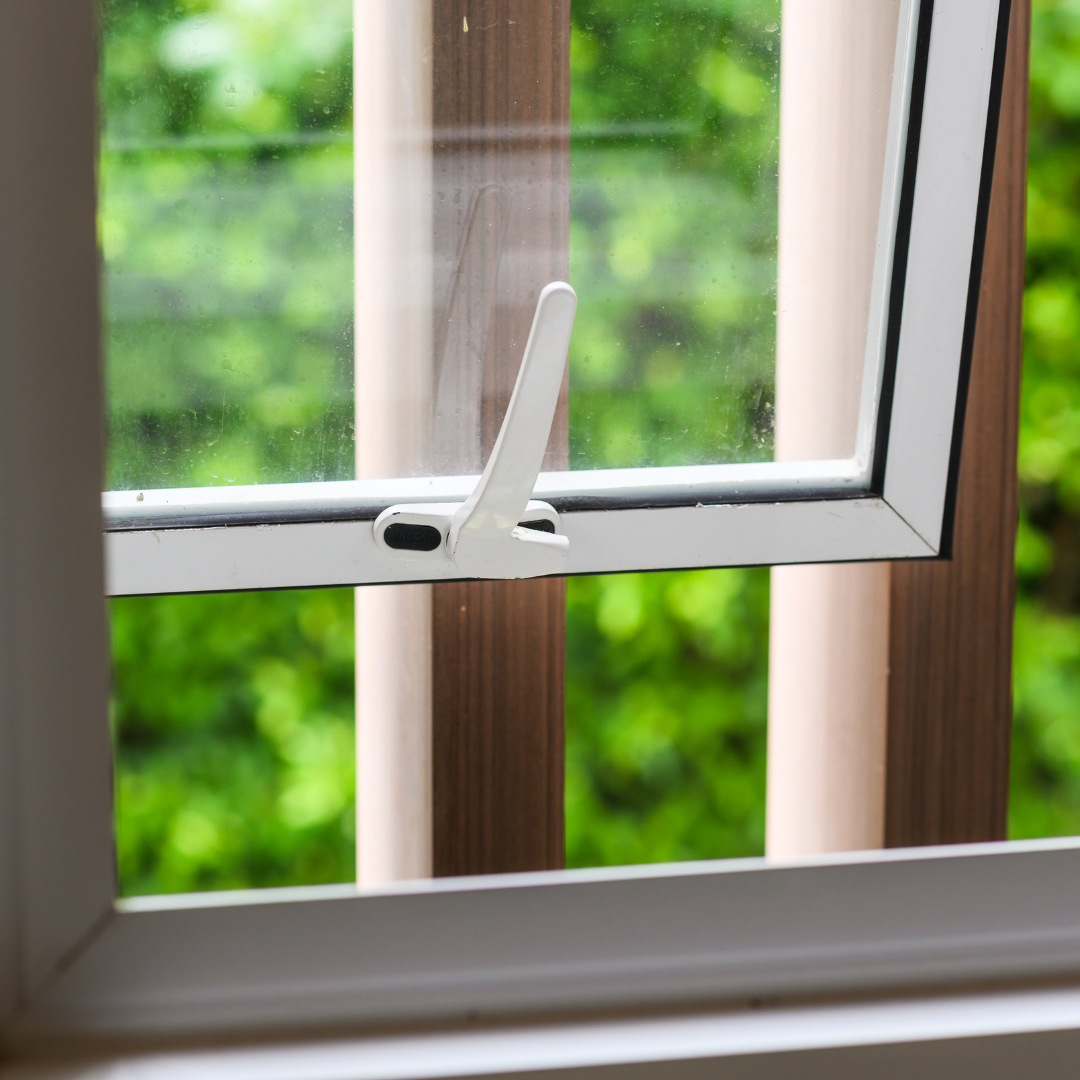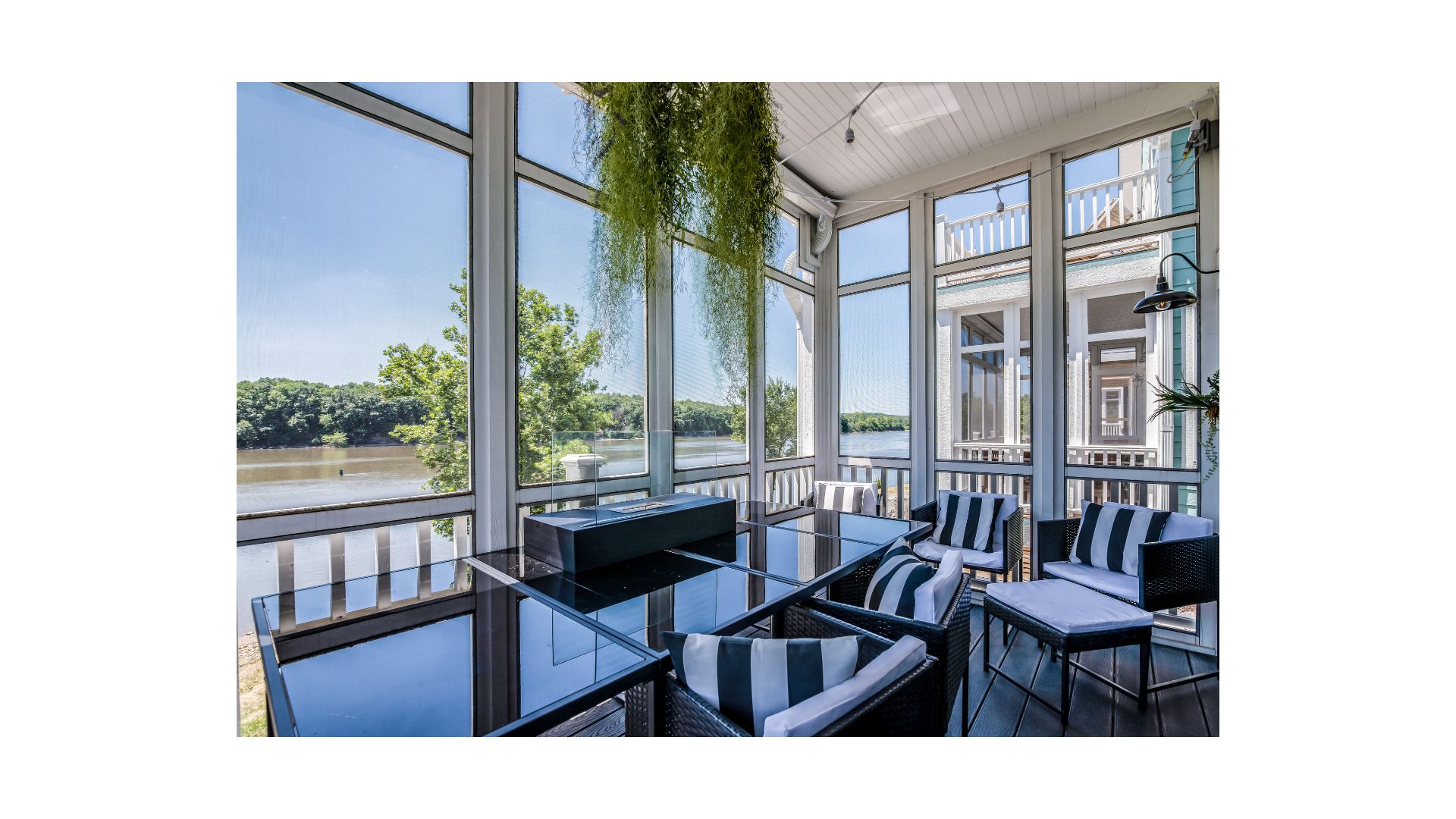
The Environmental Impact of Window Replacement: Making a Greener Choice
As environmental awareness continues to grow, individuals and businesses alike are seeking ways to reduce their carbon footprint and make more sustainable choices. One area often overlooked in this pursuit is the impact of our buildings, particularly the windows we choose. In recent years, the conversation around window replacement has shifted from mere aesthetics and energy efficiency to a broader consideration of its environmental implications. By opting for eco-friendly window replacements, we not only enhance the comfort and energy efficiency of our spaces but also contribute to a greener future. In this blog post, we delve into the environmental impact of window replacement, exploring how choosing the right materials, manufacturing processes, and disposal methods can significantly reduce our ecological footprint. Join us as we uncover the importance of making greener choices when it comes to upgrading our windows, and how these decisions can make a substantial difference in preserving our planet for generations to come.
Transforming Your Home with Window Replacement”
In today’s world, where environmental consciousness is becoming increasingly important, homeowners are constantly seeking ways to reduce their carbon footprint while also saving on energy costs. One significant way to achieve both of these goals is through energy efficiency upgrades, particularly by replacing old, inefficient windows with modern, eco-friendly alternatives. Let’s explore how window replacement can transform your home into a beacon of energy efficiency.
- Understanding Energy Loss: Before delving into the benefits of window replacement, it’s crucial to understand how much energy is lost through inefficient windows. Older windows, especially those with single-pane glass or poorly sealed frames, are notorious for allowing heat to escape during the winter and cool air to seep out during the summer. This results in increased energy consumption as homeowners rely more heavily on heating and cooling systems to maintain a comfortable indoor temperature.
- Sealing the Leaks: One of the primary advantages of energy-efficient windows is their superior sealing capabilities. Modern window designs incorporate advanced technologies such as multiple panes of glass, low-emissivity coatings, and insulating gas fills to create a tight seal that prevents air leakage. By eliminating drafts and minimizing heat transfer, these windows help maintain a consistent indoor temperature year-round, reducing the workload on HVAC systems and lowering energy bills.
- Solar Heat Gain Reduction: Energy-efficient windows are also engineered to control solar heat gain, which is the amount of heat that enters a building through windows when exposed to sunlight. By incorporating features like spectrally selective coatings and tinted glass, these windows can block a significant portion of solar radiation, reducing the need for air conditioning and mitigating the “heat island” effect in urban areas.
- Enhanced Comfort and Productivity: In addition to saving energy and money, energy-efficient windows can also improve the overall comfort and productivity of your home. By minimizing temperature fluctuations and eliminating hot or cold spots near windows, these upgrades create a more pleasant indoor environment where occupants can work, relax, and sleep without disruption.
- Environmental Impact: Perhaps the most compelling reason to invest in energy-efficient window replacement is its positive impact on the environment. By reducing energy consumption and lowering greenhouse gas emissions associated with heating and cooling, homeowners can play a crucial role in combating climate change and preserving natural resources for future generations
How Window Replacement Leads to Environmental Stewardship
Reducing our carbon footprint has become a critical endeavor in combating climate change and preserving the health of our planet. While many associate carbon emissions with vehicles and industrial processes, the energy consumption of our homes also significantly contributes to greenhouse gas emissions. One effective way to shrink our carbon footprint at home is through window replacement. Let’s delve into how this simple upgrade can translate into significant environmental benefits.

Energy Consumption Reduction
The primary way window replacement reduces your carbon footprint is by lowering your home’s energy consumption. Old, inefficient windows allow heat to escape during the winter and infiltrate during the summer, leading to increased reliance on heating and cooling systems powered by fossil fuels. By upgrading to energy-efficient windows, you can dramatically reduce the amount of energy needed to maintain a comfortable indoor temperature, thus decreasing your reliance on carbon-intensive energy sources.
Greenhouse Gas Emissions Mitigation
Less energy consumption means fewer greenhouse gas emissions released into the atmosphere. Heating and cooling our homes typically involve burning fossil fuels like coal, oil, or natural gas, which emit carbon dioxide and other pollutants when combusted. By reducing the need for heating and cooling through better-insulated windows, we directly contribute to lowering the carbon emissions associated with residential energy use.
Long-Term Environmental Impact
The environmental benefits of window replacement extend beyond immediate energy savings. Energy-efficient windows are designed to last longer and require less maintenance compared to traditional windows. This longevity means fewer materials used over time and less waste generated from replacements, further reducing the environmental impact associated with window manufacturing and disposal.
Positive Feedback Loop
As more homeowners opt for energy-efficient upgrades like window replacement, the cumulative impact on carbon emissions can be significant. Increased demand for eco-friendly products encourages manufacturers to innovate and produce even more efficient options, creating a positive feedback loop that drives further reductions in greenhouse gas emissions across the housing sector.
Resilience to Climate Change
Climate change is already impacting communities around the world with extreme weather events like heat waves, storms, and floods. By reducing our carbon footprint through measures like window replacement, we contribute to mitigating the drivers of climate change, thereby enhancing our collective resilience to its adverse effects.
Conclusion
The environmental impact of window replacement can significantly contribute to making greener choices, as exemplified by EZ Window Solutions of Akron. By prioritizing energy-efficient window solutions, businesses like EZ Window Solutions not only enhance the aesthetic and functional qualities of buildings but also reduce energy consumption and carbon emissions. Through their services, they promote sustainability and environmental responsibility, ultimately fostering a greener future for Akron, Ohio, and beyond.


Write a Comment